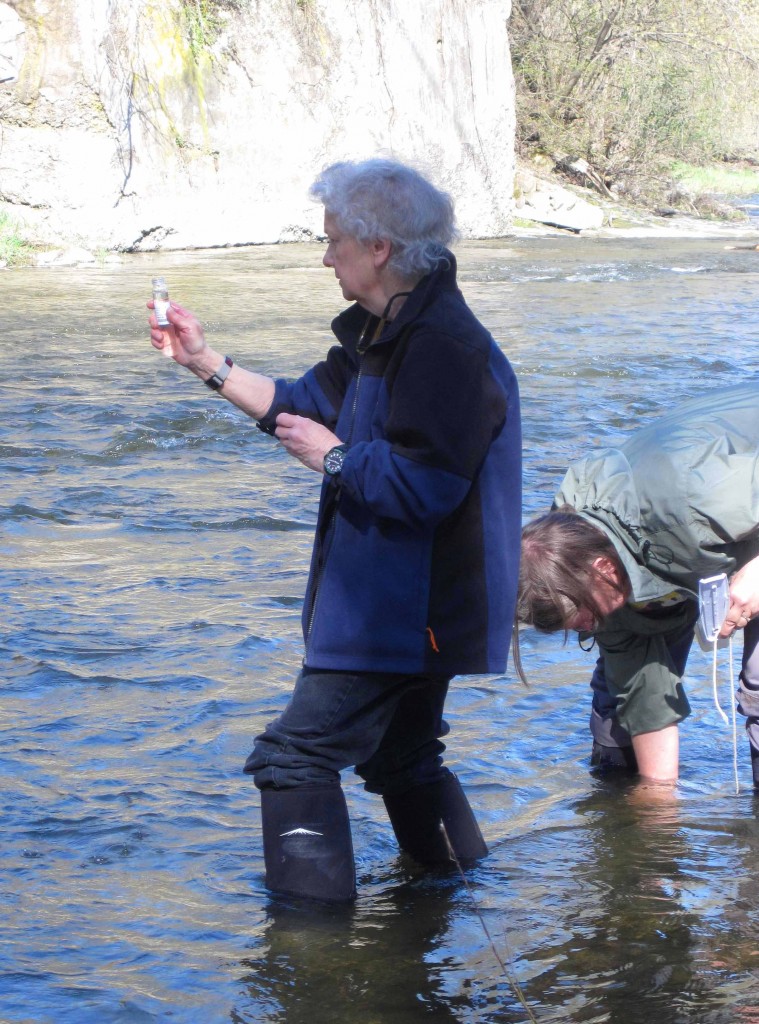Pond Brook, which flows north out of Bristol Pond, is an example of where the Addison County River Watch Collaborative (ACRWC) has worked with other local partners to discover problems in this tributary to Lewis Creek.
Scientists analyzed ACRWC’s spring and summer monitoring data from 2004 to 2011, leading to the conclusion that Pond Brook is a major sediment and phosphorus loader to the Lewis Creek watershed. The State of Vermont’s Department of Environmental Conservation (DEC) also looked at River Watch information, did some of their own investigating, and, recognized that the lower reaches of Lewis Creek and Pond Brook were “impaired for contact recreation use” due to E.coli impacts likely resulting from farm runoff. A “TMDL”, or Total Maximum Daily Load allocation for pathogens was confirmed. This meant that, by law, action needed to be taken to reduce E.coli in Lewis Creek.
Once they understood a problem existed, the Lewis Creek Association (LCA), in concert with the ACRWC, led a more intensive study that “identified hot spots” with the Pond Creek subwatershed. The Vermont DEC awarded the watershed group a grant to conduct a more detailed Pond Brook study.
During 2012-2013, LCA and the Collaborative monitored six sample stations on Pond Brook to understand where, when and how much soil and nutrients were entering Pond Brook. After studying storm events and other runoff events, it became apparent, said LCA Executive Director Marty Illick, that “The phosphorus was coming from high flows off particular reaches” of the brook. Bristol Pond, the brook’s source, was not the problem, said Illick, but rather runoff from various farms and forest areas.


